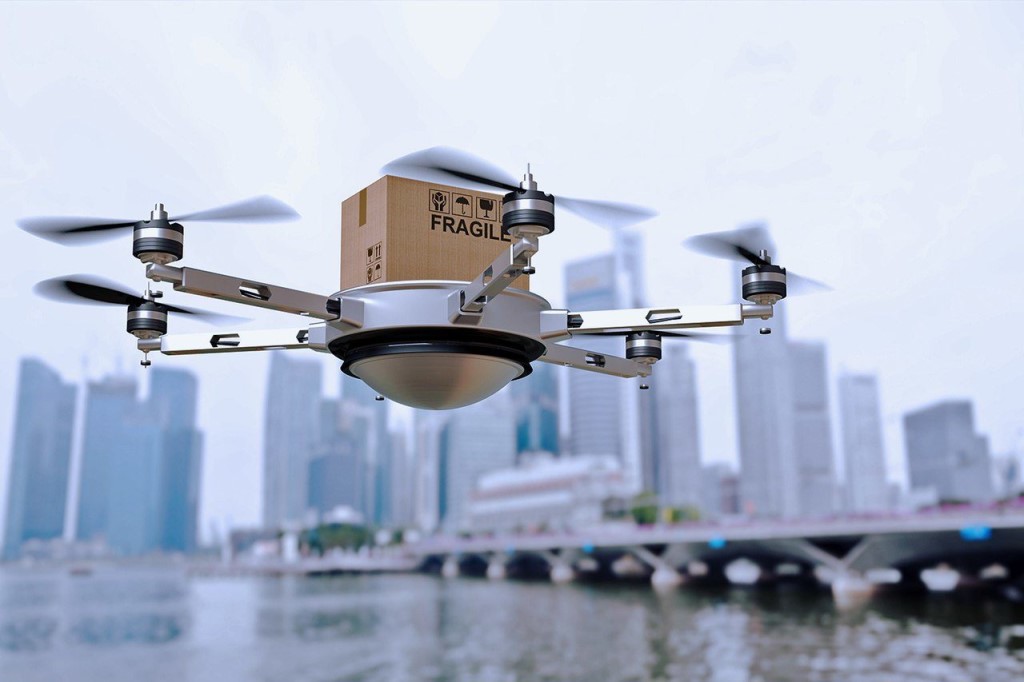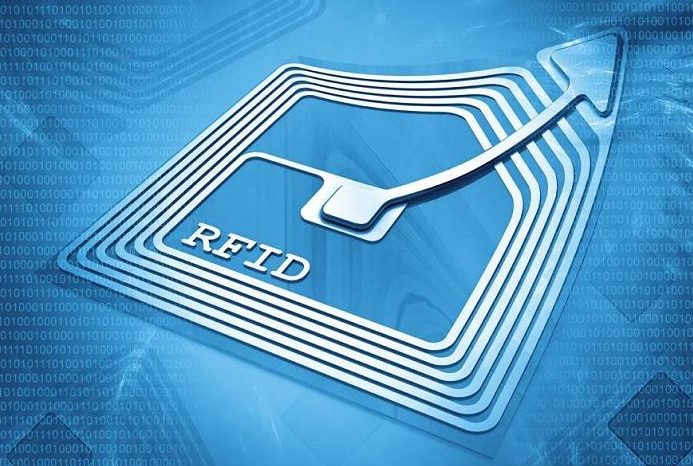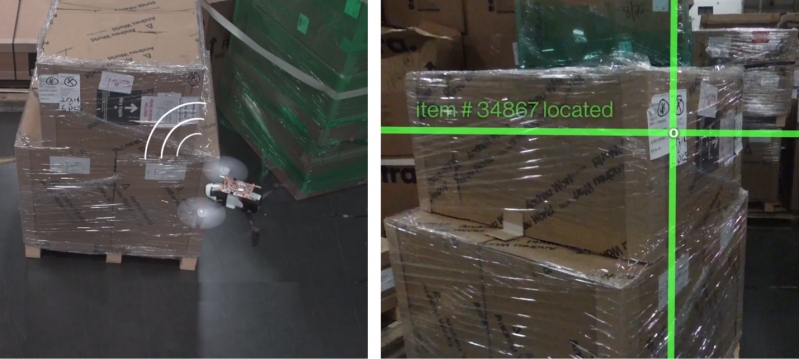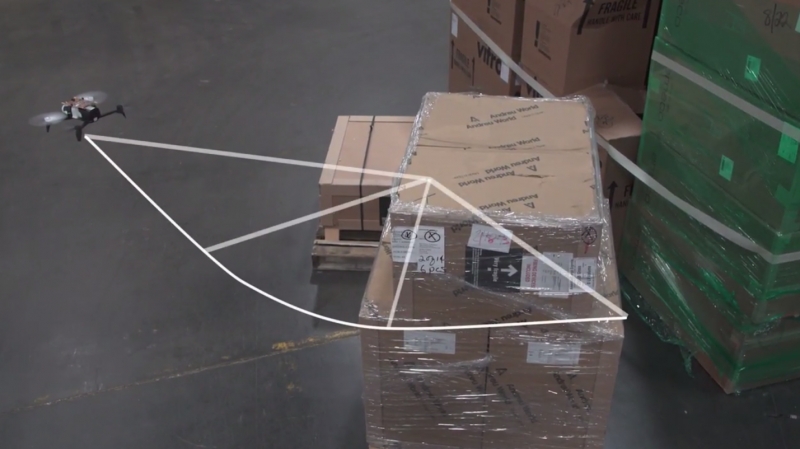How drones monitor the safety of goods

The huge sorting centers of large logistics companies are striking in their scale. A huge number of different packages in boxes, packages just stirs and makes you think about how it is possible to streamline and structure all this chaos. Indeed, according to statistics, only one Amazon for the New Year holidays sends an average of 1 billion parcels, and the Russian Post department, which is subordinate to the Ministry of Communications and Mass Media, handles tens of millions of international mail with a commodity investment each month.

Tracking a huge number of destinations is a headache for any large logistics company. So that no parcel is lost is watched by whole computer systems serviced by a detachment of IT specialists, and still, loss and confusion in such warehouses is not uncommon. Therefore, companies like Amazon are always looking for solutions that could help avoid cargo loss. Recently, they have increasingly resorted to using RFID tags to track the path of a parcel from manufacturers' warehouses to retail stores and customer houses.
')

However, RFID tags are not a panacea, because employees of logistics centers have to scan each tag using a special reader, and here the notorious human factor cannot be avoided. In addition, such a reading should take place at close range, since the tags for recording use the power of the received radio signal, which the reader transmits to them. If the reader is far away, then the recording capacity is simply not enough.
However, now there are more and more cargo tracking systems. There are even those where the neural networks and artificial intelligence are based. There are already quite a number of similar solutions on the market: Microsoft Azure, ibm Watson, Clarifai. Here is a link to the last one . According to the loaded photo, the presented software products are able to identify the objects found in the image:

However, a different solution was found at the Massachusetts Institute of Technology, based on the same RFID readers. They are connected to the drone, which flies through the warehouse and scans RFID tags on the goods located on the storage shelves. After all the read information is transmitted to the server.

In the test version of the scheme, the RFID tags and the reader are placed at a distance of 50 meters from each other. The signal is relayed by the drone, and the data is transmitted via the 2.4 GHz Wi-Fi band. In the near future, this system will memorize and locate the box to the nearest meter.
In telecommunications, it is common practice to use repeaters to increase the service area and successfully transmit signals to subscribers on the edge of the zone. But the MIT Media Lab group proposed using as a repeater a chain of drones that should transmit information to each other and simultaneously to several readers. A sort of army of flying robots, whose sole purpose is to collect as much information as possible about the packages.
But at the moment the test system consists of a single drone, which transmits a signal from the RFID tag to the reader, that is, acts as a repeater. The RFID tag uses some of the energy from the received signal for itself, and also encodes its identifier and sends the signal back to the drone. The drone then sends this signal to the reader, which decodes the identifier.
In addition to the fact that such a system can determine directly the presence of the box in the warehouse, the MIT Media Lab team also plans to implement an algorithm for determining the location of each parcel, so that unmanned aerial vehicles can also be used to search for the missing boxes.
In fact, this is a rather complex task, and there are several options for its implementation. One way to determine the location of the drone is to use an array of several antennas. When a signal is received by such an array, each antenna captures it from different angles. Then the software, using the information from which angle the signal was received by each individual antenna, calculates the coordinates.
But the antenna arrays are too cumbersome for an unmanned aerial vehicle, or at least for this type of unmanned aerial vehicle that could safely fly around the room without knocking the staff off. The MIT team proposed a more original solution: to determine the location of the package (RFID tag), use the quadrocopter's flight path as a reference point.
In this system, the RFID tag transmits several signals to the drone, and these signals come from different angles while the drone flies around it. This allows the software to compare the angles of reception of several signals, just as the antenna array records the many angles for a single signal:

To implement this project, the MIT team used Parrot DEBOP quadrocopters for $ 500 apiece:

The team initially tried to connect the RFID reader directly to the drone, but the reader was too heavy and flying with it was simply impossible. Therefore, it was decided to use the quadrocopter only as a repeater. In this system, a drone with an RFID reader can handle up to 100 tags per second. And unlike systems with a camera for identification and image transmission, this system can scale and detect the location of the boxes in the warehouse, even if the RFID tag itself is not visible:
At the moment, the drone in this system should have its own pilot, but the MIT Media Lab intends to develop software for their piloting. The group is now working with a retailer in Massachusetts to test the performance of their original system in stock. Perhaps in the future, at every point in the Russian Post there will be a whole fleet of unmanned aerial vehicles that will fly by themselves, catalog all packages and even find the missing ones. We are looking forward to when this technology will be widely implemented not only in Western countries, but also in the vastness of our vast country.
Source: https://habr.com/ru/post/374273/
All Articles